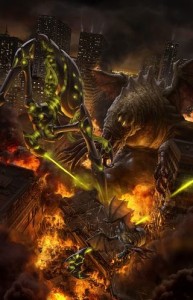The deal between Starz and Netflix [expires March 1st](http://www.blackbookmag.com/movies/netflix-s-starz-partnership-expiring-on-march-1-titles-like-party-down-lost-forever-1.45409), so if you have any titles you’re eager to watch online, get cracking before they disappear.
You can see a list of what’s going to be lost [here](http://movies.netflix.com/WiContentPage?csid=1).
Among my movies, that includes Go and the first Charlie’s Angels. The Nines and Titan A.E. will still be available.
When might Go come back to Netflix? Or for that matter, Corpse Bride? I have no idea. Filmmakers get no advance warning, so if you see a film of mine suddenly become available, let me know.
